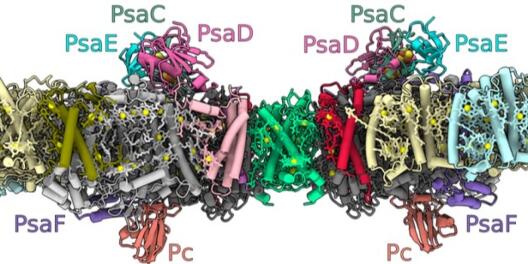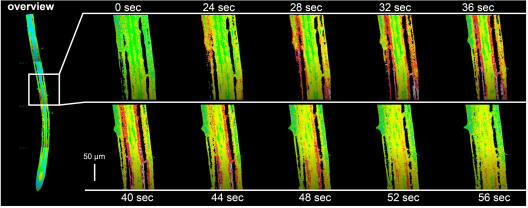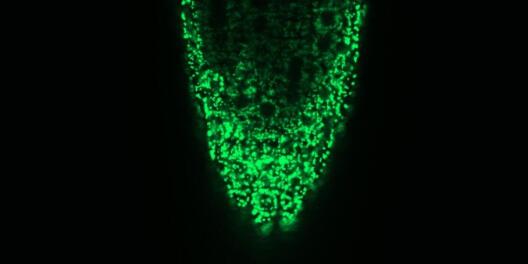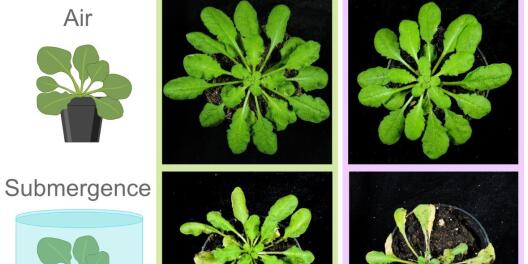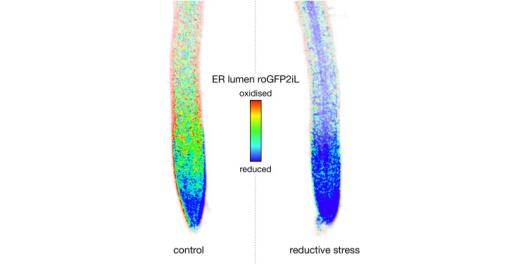Plants use their roots to measure manganese concentration available in the soil
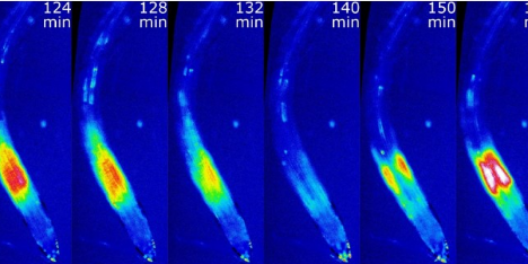
Every living organism needs the element manganese as an essential nutrient. In plants, for example, it plays a major role in breaking down water into oxygen and hydrogen during photosynthesis. A team of German and Chinese researchers are the first to demonstrate, using the model species thale cress (Arabidopsis thaliana), how plants sense manganese deficiency and which processes then take place in the plant at the molecular level. The researchers showed that a hitherto undetected group of cells in the plant root plays a decisive role. The researchers hope that the results of their work will in the future lead to methods for making plants more resistant to manganese deficiency – a condition which often occurs in alkaline and calcareous soils.

